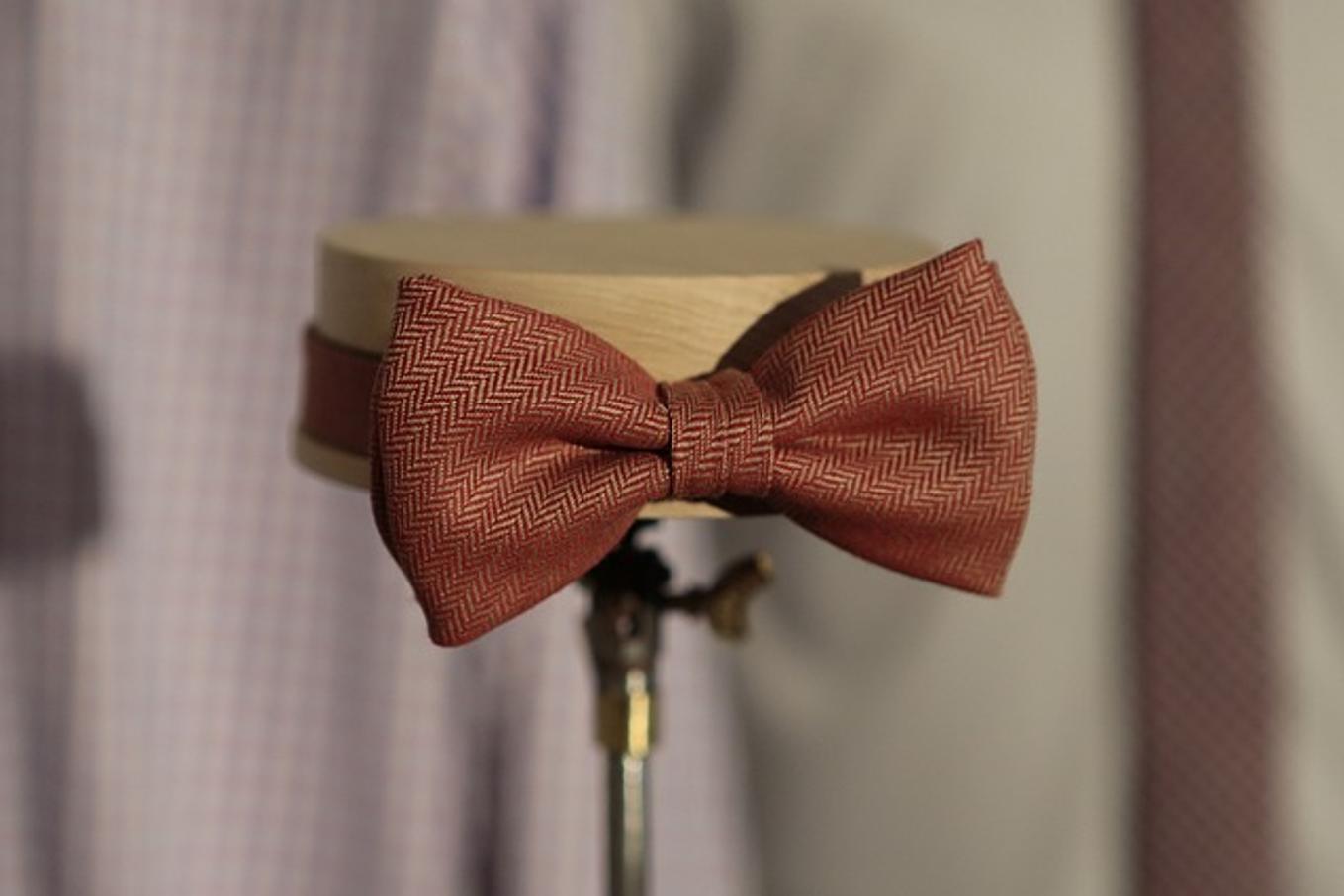Introduction
Tie clips are more than just functional accessories; they add a touch of elegance to any outfit. However, when they malfunction, it can be frustrating. Whether you’re dealing with a loose clasp, a bent clip, or a broken spring, this guide will walk you through the steps to restore your tie clip to its former glory.

Identifying Common Problems with Tie Clips
Before diving into the repair process, it’s essential to identify the common issues that can affect tie clips. The most prevalent problems include loose clasps, bent clips, and broken or weak spring mechanisms. Loose clasps can cause the tie clip to slide off the tie, while bent clips may not hold the tie correctly. Broken springs mean the clip won’t function at all. Recognizing these problems will help you gather the necessary tools and materials for repair.
Essential Tools and Materials Needed
To effectively fix a tie clip, gather the following tools and materials:
– Small screwdriver
– Pliers
– Tweezers
– Magnifying glass
– Replacement spring (if necessary)
– Soft cloth
– Polishing paste
Having these items on hand will make the repair process smoother and more efficient.

Step-by-Step Guide to Fixing a Loose Clasp
Preparing the Work Area
- Find a well-lit and clean workspace to keep all small parts visible.
- Lay a soft cloth on your work surface to prevent scratches.
Tools to Use for Tightening
- Small screwdriver
- Pliers
Step-by-Step Tightening Process
- Disassemble if Necessary: If the clasp is part of a multi-component tie clip, gently disassemble it using the small screwdriver and tweezers.
- Locate the Loose Part: Identify which part of the clasp is loose. Usually, it’s the hinge or the clasp itself.
- Tighten the Hinge: Use pliers to gently tighten the hinge. Be cautious to avoid over-tightening, which could snap the metal.
- Reassemble: Once the desired tightness is achieved, reassemble the tie clip carefully.
- Test: Clip it onto a piece of cardboard or fabric to test the tightness and ensure it grips firmly.

Techniques to Straighten a Bent Tie Clip
Assessing the Severity of the Bend
- Place the tie clip on a flat surface.
- Use a magnifying glass to examine the bend from different angles.
- Determine if the bend is severe or minor.
Gentle Straightening Techniques
- For Minor Bends:
- Hold the clip firmly between your fingers.
- Gently bend it back to its natural shape.
- For Severe Bends:
- Use pliers padded with a soft cloth to gently apply pressure.
- Gradually bend the clip back, checking frequently to avoid over-correction.
Replacing a Weak or Broken Spring Mechanism
Replacing a weak or broken spring mechanism requires precision. First, identify the type of spring mechanism your tie clip uses.
Identifying the Type of Spring Mechanism
- Inspect the tie clip to identify the type of spring mechanism used.
- Refer to a replacement spring that fits your tie clip model.
Step-by-Step Replacement Process
- Disassemble the Clip: Use a small screwdriver to carefully remove screws and disassemble the clip.
- Remove the Old Spring: Gently take out the broken or weak spring with tweezers.
- Insert the New Spring: Position the new spring correctly and ensure it fits snugly.
- Reassemble: Carefully reassemble the tie clip, making sure all parts are securely in place.
- Test the Clip: Check the functionality by clipping it onto a piece of fabric.
Cleaning and Polishing Your Tie Clip
Proper cleaning and polishing enhance the appearance and longevity of your tie clip.
- Clean: Use a soft cloth to wipe away dirt and debris.
- Polish: Apply a small amount of polishing paste to the cloth and gently rub the tie clip.
- Buff: Use a clean part of the cloth to buff the clip to a shine.
Preventive Maintenance Tips
Regular maintenance can prevent many common issues.
- Store Properly: Keep your tie clip in a jewelry box to avoid bending or scratching.
- Regular Inspections: Periodically check for loose parts or signs of wear.
- Clean Frequently: Wipe your tie clip with a soft cloth after each use.
Conclusion
Fixing a tie clip may seem daunting, but with the right tools and guidance, it’s manageable. By identifying the problem, using the appropriate techniques, and maintaining your tie clip, you can ensure it remains a staple in your wardrobe.
Frequently Asked Questions
How do I know if my tie clip needs repairing or replacing?
Examine your tie clip for severe damage such as broken parts or irreparable bends. If minor adjustments don’t fix the issue, it might be time for a replacement.
What should I do if I can’t fix my tie clip at home?
Seek professional help from a jeweler or a repair specialist. They have the expertise and tools to handle more complicated repairs.
How often should I maintain my tie clip to prevent damage?
Regular maintenance every few months and after each use can prevent damage and extend the lifespan of your tie clip.
